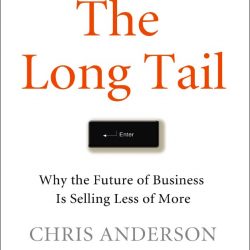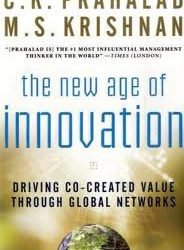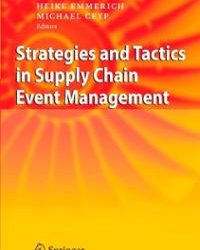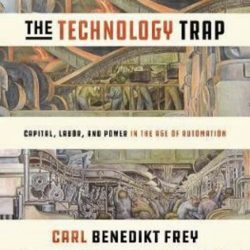People & Technology: The growing influence of algorithms
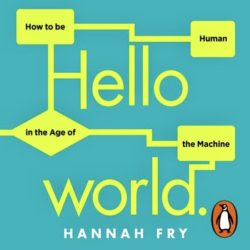
As any slightly internet-savvy person knows, algorithms are primarily behind what is displayed on the screen nowadays. The online advertisements we get to see are largely linked to our click behaviour. Therefore, the book Hello World by mathematician Hannah Fry is extremely topical. It provides an easy-to-understand insight into how algorithms work, grouped into four categories: prioritization, classification, association and filtering. The book also clearly explains the difference between the use of rules and machine learning. The author gives many examples of the use of algorithms, such as by the government, in the legal system, in healthcare, in fighting crime, in autonomous vehicles and even in art. Most of the examples relate to situations affecting consumers, citizens or patients rather than for the world of business, however.
Therefore, although this book is an interesting introduction to the topic for directors, managers and professionals, it doesn’t really help them in practice – which is a shame, because business software is full of algorithms too! For example, transport management systems use various algorithms to calculate the shortest routes, and algorithms also play a crucial role in inventory management, forecasting and production scheduling. There are a couple of business-related examples in the book. Fry outlines how British grocery retailer Tesco has been using its club card to analyse shopper behaviour since the 1990s, and also refers to the well-known case in which US discounter Target predicts which customers are pregnant based on their purchases of fragrance-free body lotion, but that’s as far as it goes, unfortunately. It would have been interesting if Fry had gone into more depth about how companies use algorithms and the impact on employees.
‘Hello World: How to be Human in the Age of the Machine’ (2019), Hannah Fry. Publisher: Ww Norton & Co, 257 pages, €18.99
![]()



